Guide dog owner never ‘completely safe’ navigating Norwich centre
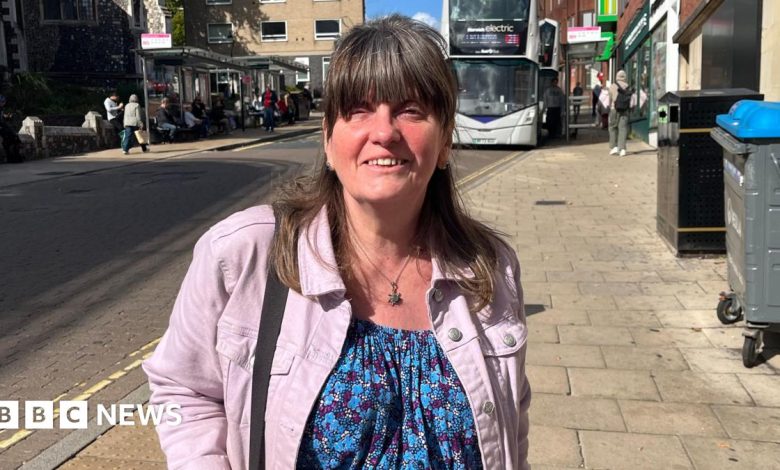
The world can be a daunting and intimidating place, especially for those who are blind or partially sighted. For individuals like Ms Reddington, navigating through the streets can be a daily struggle. She relies heavily on her guide dog Clara to get around, but without her, the experience is vastly different. Walking with a stick can be “very, very scary” as she tries to make her way through unfamiliar terrain. The lack of visual cues and the uncertainty of her surroundings can be overwhelming, making every step a challenge. The simplest tasks, like walking down the street, become a source of anxiety and fear.
One of the biggest barriers that blind and partially sighted people face is the ever-changing landscape of our streets. The proliferation of pavement dining areas, cycle lanes, e-scooters, and silent electric vehicles has created a complex and often confusing environment. Erik Matthies, policy lead at the Royal National Institute of Blind People (RNIB), notes that “streets across the UK have transformed significantly in recent years.” While these changes may be intended to improve the overall urban experience, they can have the opposite effect on individuals who rely on other senses to navigate. For example, loud music blasting from outdoor cafes or street performers can be disorienting, making it difficult for blind and partially sighted people to hear their surroundings and move around safely.
The statistics are alarming. According to the RNIB, a staggering 11% of people who have been injured by a street obstacle in the past three months required hospital treatment, including for broken bones or teeth. These injuries are a stark reminder of the risks that blind and partially sighted people face every day. The fact that so many individuals are being injured by obstacles on the street highlights the need for greater awareness and understanding of the challenges they face. By acknowledging these barriers and working to address them, we can create a more inclusive and accessible environment for all. It is imperative that we recognize the importance of designing public spaces that cater to the needs of all users, including those with visual impairments.
The RNIB is pushing for change, advocating for a more inclusive and accessible street environment. Erik Matthies emphasizes that “while technology and public understanding have advanced in many areas, blind and partially sighted people are now facing more barriers in the street environment than ever before.” This is a sobering reality, and one that requires urgent attention. By working together, we can create a world that is more considerate of the needs of all individuals, regardless of their abilities. This can be achieved through simple measures such as providing audible signals at pedestrian crossings, improving the design of public spaces, and promoting awareness and understanding among the general public.
Blind and partially sighted people are not alone in facing these challenges. There are many organizations, like the RNIB, that are dedicated to supporting and advocating for their rights. These organizations provide vital services, including guide dog training, braille and audio materials, and counseling. They also work tirelessly to raise awareness and promote inclusivity, pushing for changes in policy and practice that benefit blind and partially sighted individuals. By supporting these organizations and getting involved in advocacy efforts, we can all play a role in creating a more inclusive and accessible world.
Ultimately, it is up to all of us to create a world that is more considerate of the needs of blind and partially sighted people. We can start by being more mindful of the challenges they face and taking simple steps to make our public spaces more accessible. By doing so, we can help to break down the barriers that prevent blind and partially sighted individuals from fully participating in society. We owe it to ourselves, our communities, and future generations to create a world that is inclusive, accessible, and equitable for all. As we strive to build a more compassionate and understanding society, we must prioritize the needs of those who are often marginalized or overlooked. By working together, we can create a brighter, more inclusive future for everyone.




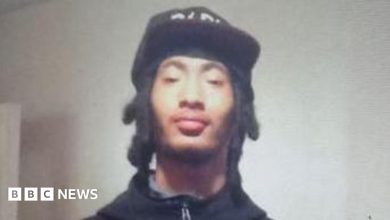
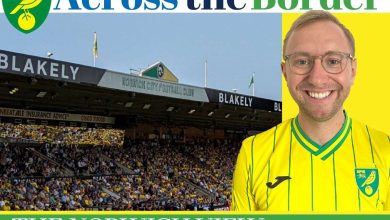

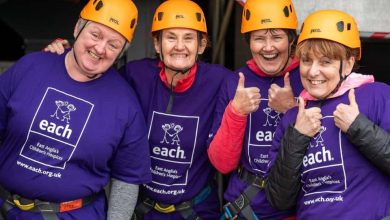
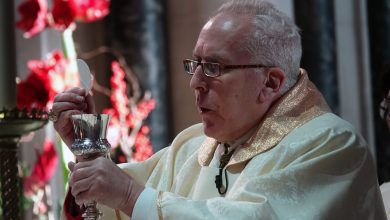
It’s actually a cool and helpful piece of info. I am glad that you shared this helpful info with us. Please keep us informed like this. Thanks for sharing.
Just want to say your article is as surprising. The clearness in your post is just spectacular and i can assume you are an expert on this subject. Fine with your permission allow me to grab your feed to keep up to date with forthcoming post. Thanks a million and please keep up the enjoyable work.
It’s appropriate time to make some plans for the longer term and it is time to be happy. I have learn this put up and if I may just I wish to suggest you few interesting things or advice. Perhaps you could write subsequent articles relating to this article. I want to learn more issues about it!
whoah this blog is excellent i love reading your posts. Keep up the good work! You know, a lot of people are searching around for this information, you can help them greatly.
Very fantastic information can be found on website. “Search others for their virtues, thyself for thy vices.” by Benjamin Franklin.
Hey, you used to write wonderful, but the last several posts have been kinda boring… I miss your tremendous writings. Past few posts are just a bit out of track! come on!
You have observed very interesting details! ps nice website . “It is better to be hated for who you are than to be loved for what you are not.” by Andre Gide.
Hi there, i read your blog occasionally and i own a similar one and i was just wondering if you get a lot of spam responses? If so how do you stop it, any plugin or anything you can suggest? I get so much lately it’s driving me mad so any assistance is very much appreciated.
I?¦m not positive where you’re getting your information, but great topic. I needs to spend some time finding out much more or understanding more. Thank you for wonderful info I used to be on the lookout for this information for my mission.